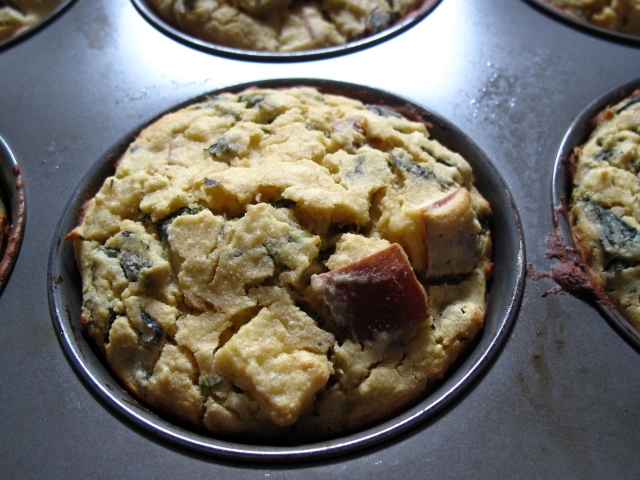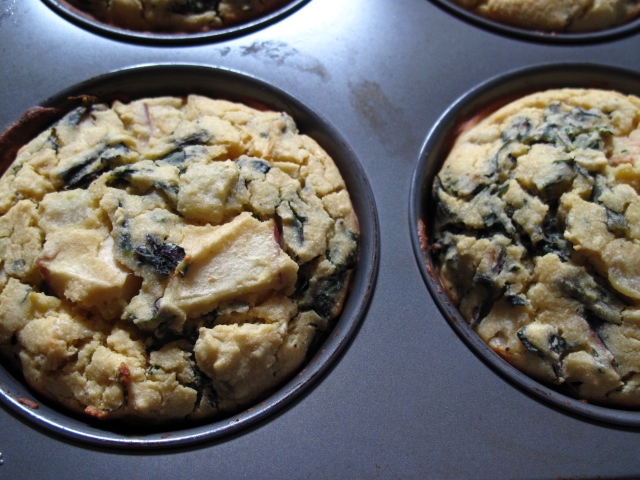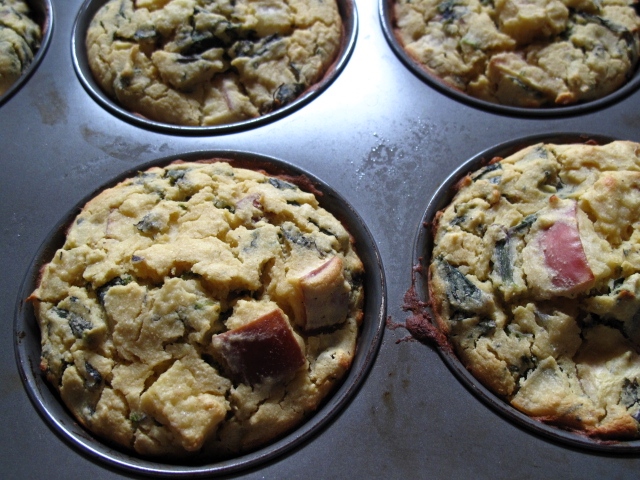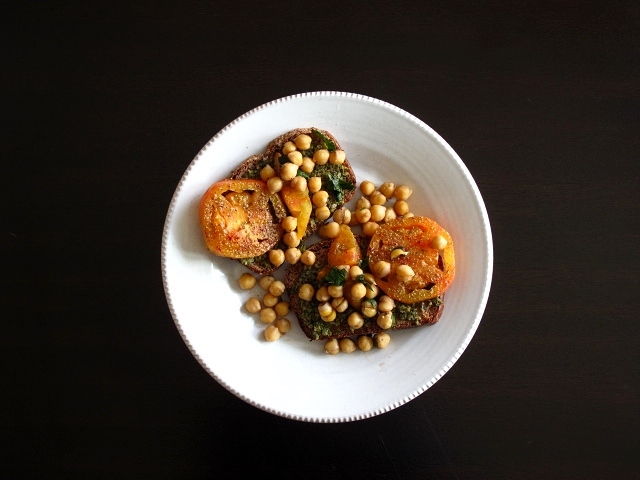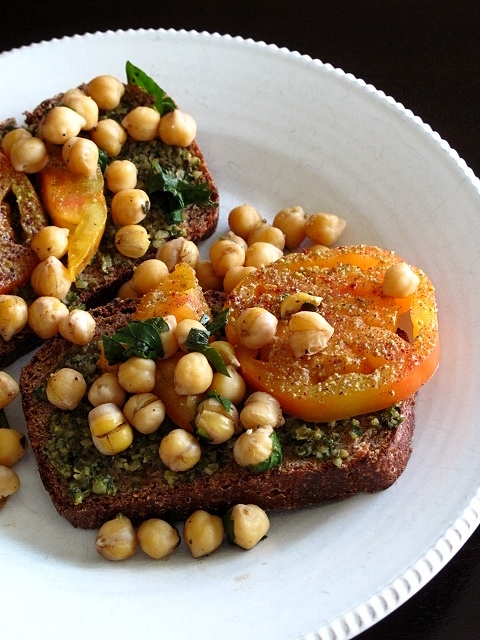
When it comes to digesting beans and legumes, complaints about not being able to digest them, or suffering with a painful balloon belly is a common concern.
One of the common reasons for this has to do with your gut microbiome — all those microorganisms that live in the GI tract.
Your digestive system is home to trillions of beneficial bacteria that ideally live in a symbiotic relationship with you. This means you and they both benefit from them being there. Just like you, the microbes need to eat to live and grow, so they obtain nourishment from the food you eat. In the case of beneficial bacteria, they feed on the undigested part of the food, (fiber,) that is passing through your large intestine by fermenting it into short chain fatty acids such as Butyrate. And beans and legumes are rich in fiber.
When we introduce any food that we haven’t routinely been eating into our diet, what often occurs is a readjustment period at the microbiome level. Think of it like the first day of a new job or school year. There’s going to be some shakeup to the internal routine and homeostasis. This means there might be more uncomfortable symptoms before optimal digestion occurs because the type of bacteria that eat the food you’re eating is growing its population, while die off of the type that no longer has a food source is also happening.
But if we can make that transition smoother and get to the optimal digestion that occurs when we can tolerate eating beans and other fiber-rich foods, we’re setting ourselves up for increased intestinal health. This is because short chain fatty acids, produced by those beneficial bacteria in the intestine, play an important role in the maintenance of the intestinal barrier.
Whereas we don’t want an overgrowth of bad bacteria, having ample and diverse beneficial bacteria is a hallmark for optimal health. Low beneficial bacteria can impact your protective mucus lining in the intestinal tract, which supports up to 80% of our immunity. The commonly used phrase “leaky gut” comes into play here when the interplay between a low fiber diet, low beneficial bacteria count, and difficult to digest macromolecules poke holes in the cheesecloth-like fragility of the intestinal lining and then opens the way for the immune system to do its job –in overdrive – resulting in sensitivities, intolerances, and allergies to many foods that are in your normal routine.



Tips for Increasing Digestibility of Beans and Legumes
If you struggle with tolerating beans and legumes, first try out the smallest, quick-cook split mung beans, red lentils, and whole green mung beans. They are easiest to digest. The larger beans are more drying in nature, and tougher for the body to break down. Red lentils and split mung beans break down and cook quickly in 20-30 minutes, and they don’t usually need soaking or planning ahead. However, if you are already having tummy troubles, soaking is a good idea.
Below are a few more tips to help make lentils and beans more digestible:
– Introduce beans and lentils into your diet slowly. Because beans are rich in fiber and will take a few days or couple weeks to repopulate the type of bacteria in your gut that will break them down and digest them, introduce them in small amounts. If you’re particularly sensitive, start with 1-2 tablespoons per meal, and work up from there to a standard ½ – ¾ cup serving.
– Soak and rinse in a big bowl of water, overnight or for 1-6 hours, depending on the type of legume. For large beans, you’ll need an overnight soak. For smaller beans such as adzuki and mung beans, a six hour soak will do. And for lentils and split mung, a soak of an hour is sufficient. Discard the soaking water before using in your recipe.
– If there is foam that rises to the top of the pot while cooking, skim it off. The foam contains a type of protein that is hard on your digestive system. When in nutrition school, my cooking instructor Eleonora constantly repeated, ‘skim your beans’ so often that I hear her voice every time I see foam!
– Make sure the lentils – or other beans – are cooked thoroughly. This means they are soft, not al dente. One of the biggest challenges with digesting canned canned beans is that most of them are not actually cooked as well as they should be for proper digestion. Cooking until the lentils or beans begin to break apart, or in the case of red lentils and split mung, turn into mush completely, is the best way to know they’re done.
– Add spices! Carminative spices, meaning they boost the digestive capacity, makes meals more digestible. This is why a big soup pot with beans and meat often contains a bay leaf. Other carminative spices include ginger, cumin, coriander, fennel seed, thyme, rosemary, oregano, basil, allspice, black pepper, cardamom, cloves, and more. Virtually every cuisine of the world is ripe with carminatives in the traditional recipes for the exact purpose of not only adding flavor, but also boosting digestion!
– Add a squeeze of lemon, lime juice, or vinegar. Ideally every meal contains a slightly sour flavor addition, since sour helps to activate digestive enzymes. Most meals don’t need to taste outright sour, however. A little addition at the end of cooking goes a long way and often balances the recipe that’s missing ‘just a little something.’
– Eat your foods warm. If you think of an ideal digestive scenario as a nice little cozy fire in the digestive system, eating cold foods is like throwing cold water on it. Not so great for turning food into nutrients and energy!
– Reduce stimulus during mealtime. Eating while multitasking with your phone, computer, while reading or watching a video, and eating in a loud, overstimulated environment or while upset or anxious is a recipe for continued GI problems. Our gut and brain are incredibly closely linked. We can go a long way to improve tolerance to the foods we eat just by eating slowly, chewing each bite upwards of 30 times (yes, really!), and not doing anything else while eating, other than eating. If you try these tips, you might also find you enjoy your food more, which is always an added bonus.

Signs of Balance and Imbalance
Ultimately, the goal is to feel good in your body and mind. Signs of imbalance include lack of appetite, bloating or gas, pain or cramps, chronic fatigue, sluggish or rapid digestion, extreme Appetite, bodily aches, skin irritations, itching and rashes, brain fog, and irritability.
Reach Out
If you’re ready for more individualized nutritional guidance, I invite you to reach out to me for more personalized support on digestion, sports nutrition, or both.

